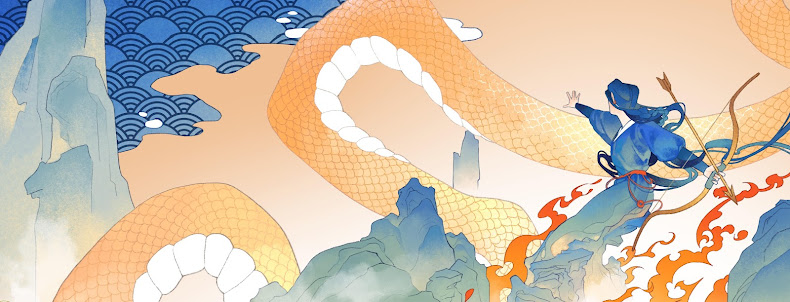I’ve
given this book 5 full stars. It took me an inordinate amount of time to finish
it due to the humongous cast of characters and the tangled relationships that
the Tudor and Stuart family trees exhibit. Now that the reading is done, I can
say that I’m truly impressed by this luminous, expertly researched biography of
the gracious, witty, brave and ill-fated Scottish Queen, from whom every
subsequent British ruler has been descended.
Mary
Stuart was crowned Queen of Scotland when she was less than a year old. As the
only daughter of James V, granddaughter of Margaret Tudor and
great-granddaughter of Henry VII of England, she had a rightful claim to the
English throne.
At
the age of six, under the auspices of Mary’s powerful maternal uncles at the
French court, the de Guises, she was sent to France to be betrothed to the
dauphin Francis. They were married when Mary was fifteen (in 1558). In 1559,
Henry II of France died and the dauphin was crowned Francis II. A year later,
Mary’s mother, who was ruling Scotland as sole regent for the absent Queen,
died. Six months thereafter, Mary’s husband, King Francis II, also died. The
ambitious de Guises sent eighteen-year-old Mary back to Scotland, envisioning a
unified claim to the thrones of Scotland, France and England. It was there and
then that her nightmare began.
On
the one hand, Mary was immediately plunged into a factional melee of violent Scottish
tribal politics, which were often tinged with religious
sectarianism and always motivated by the nobles’ self-interests. On the other
hand, Elizabeth I of England did her best to clamp down on Mary (one of her
demands was so draconian as to dictate whom Mary could marry), as she was fearful
that Mary might usurp her throne (her fear being constantly magnified by her secretary
William Cecil).
In
her home turf, Mary found herself surrounded by treacherous, vicious and
depraved courtiers, including her sly and duplicitous half-brother James Stuart
(Earl of Moray). Her de Guise relations used and abandoned her as situations
warranted and were hardly a source of support. Unfortunate for Mary, her
trusting and big-hearted nature would often land her in a perilous position. Her
predicament was further exacerbated by constant threat of religious war all
over Europe (Catholicism vs. Protestantism). As witty and tenacious as she was,
the odds were always stacked against her. Despite all, Mary still strove to
preserve her reign as the Scottish Queen and to claim her legitimate right to be
Elizabeth’s successor.
The
last third of the book unfolds like a thriller/mystery novel, as Mary tried to
eke out some breathing space for herself by seeking political marriage. She
first wedded Lord Darnley, an English royal whose maternal grandmother was
Margaret Tudor, and who would thus strengthen Mary’s claim to the English
throne. Then when self-serving and deceitful Darnley was murdered, she married
Lord Bothwell, a powerful and ruffian Scottish lord, who also betrayed her
trust in times of need. The melodrama of her life culminated in 1568 when Mary naively
tried to seek protection from Elizabeth but ended up being captured on English
soil, where she would be under house arrest for the following eighteen years.
In 1586, out of desperation, she fell into the trap that William Cecil had set
up and took part in a madcap assassination plot against Elizabeth. She was
tried in October 1586 and executed on February 8, 1587.
It
is impossible not to feel sympathy for this hapless but good-hearted Queen, whose
only flaw was perhaps her deep emotional need to be loved.

